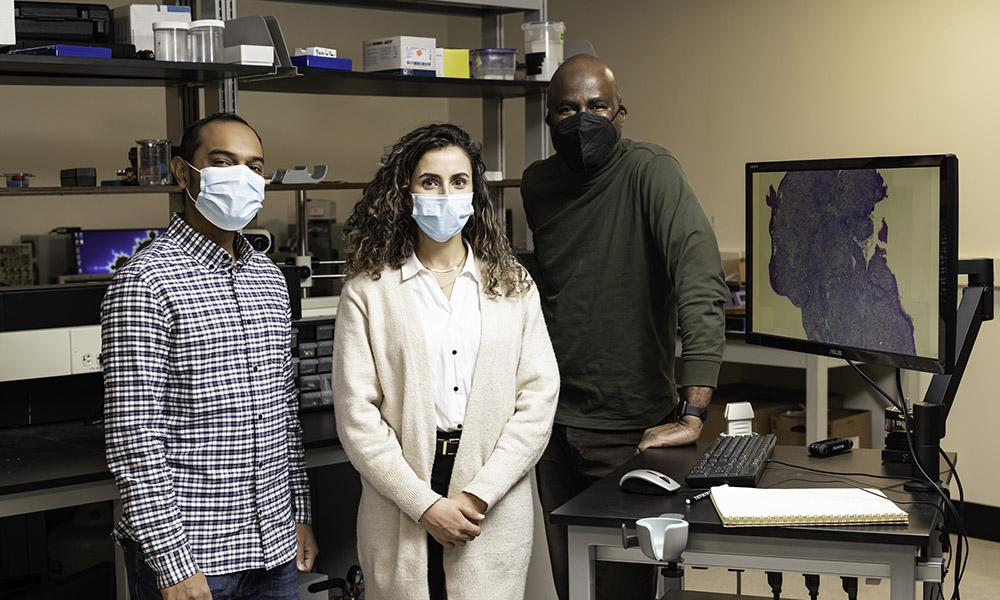
New imaging technology could buy time for pancreatic cancer patients
Tumor shrinkage is one sign of cancer treatment’s efficacy—but Rochester scientists are exploring elasticity and permeability as well.

Software uses selfies to detect early symptoms of Parkinson’s disease
Rochester computer scientist Ehsan Hoque and his colleagues have harnessed machine learning to accurately identify signs of the neurological disease by analyzing facial muscles.
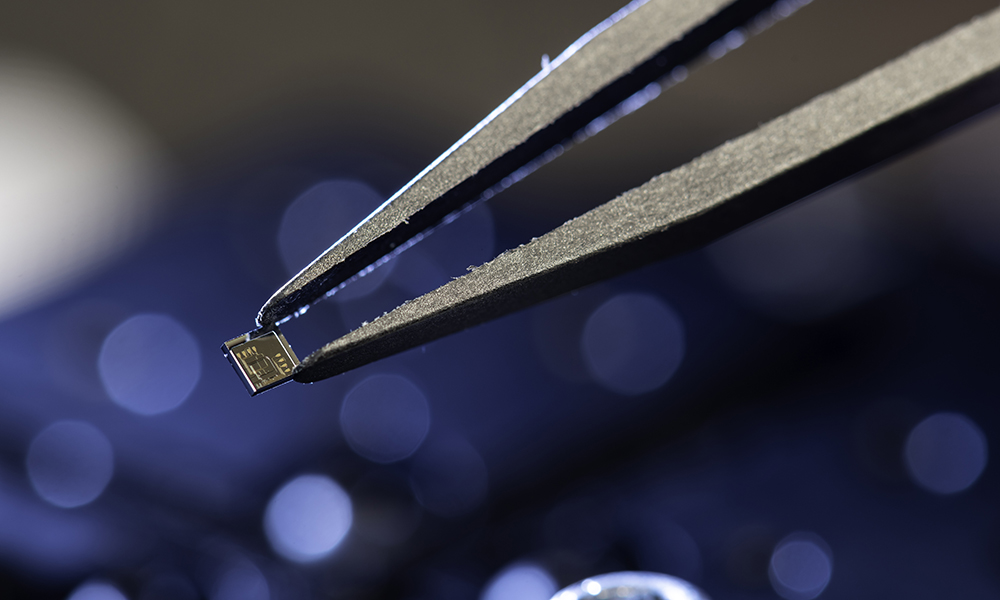
Tiny chip provides a big boost in precision optics
Researchers at the Institute of Optics for first time distill novel interferometry into a photonic device.

Can electric cars help strengthen electrical grids?
Chemical engineering doctoral candidate Heta Gandhi and her advisor, assistant professor Andrew White, have developed a new computer model showing ways to sell surplus energy from electric vehicles to local grids.
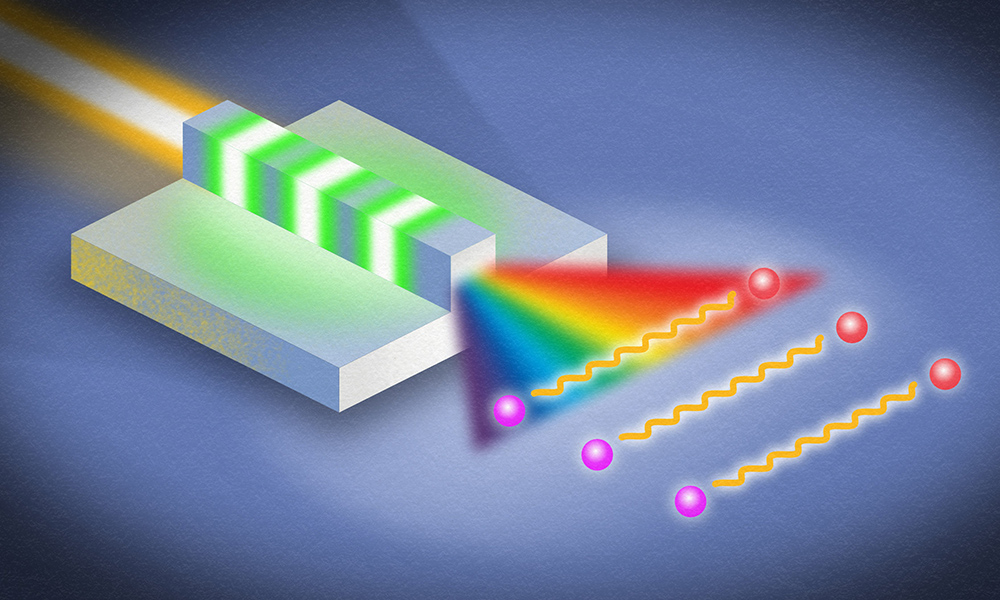
Rochester researchers set ‘ultrabroadband’ record with entangled photons
Engineers have taken advantage of the quantum entanglement phenomenon to generate unprecedented bandwidth and brightness on chip-sized nanophotonic devices.
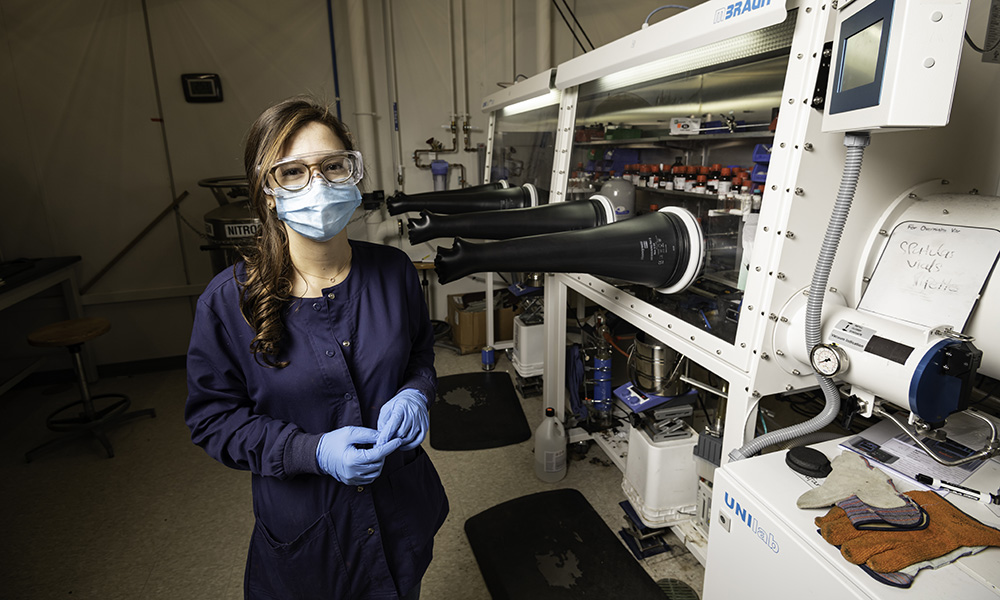
A big leap forward in using iron catalysts for pharmaceuticals
Researchers at Rochester and Maryland describe a novel cross-coupling reaction that could lead to a cheaper way to develop chemical compounds for pharmaceuticals.

Curtis Award spotlights PhD teaching assistants’ ‘amazing’ efforts during the pandemic
The annual award honors the contributions of graduate students in classrooms and laboratories across the University. This year’s recipients come from different disciplines, but share many things in common.
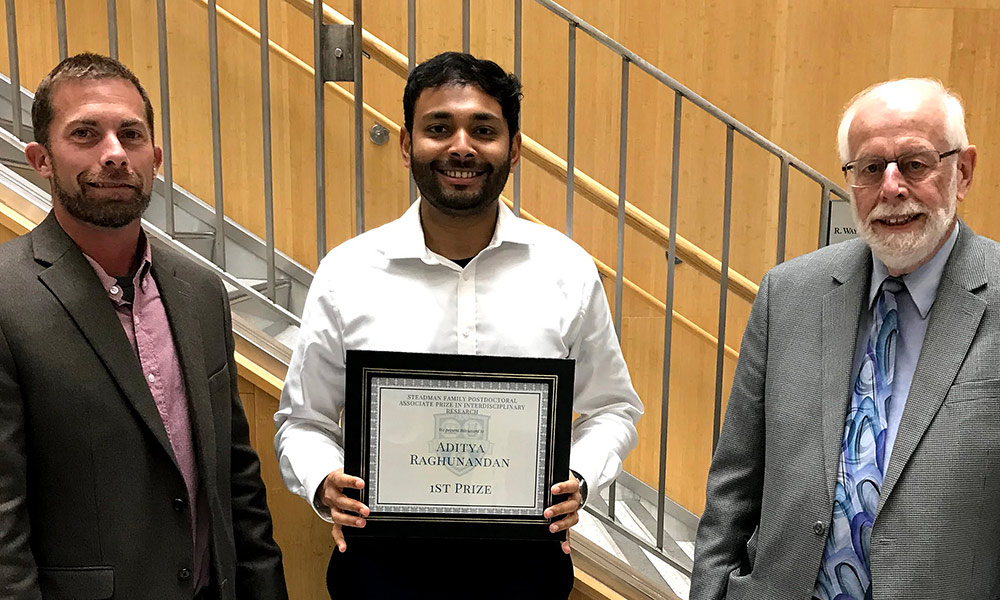
Three minutes, two slides, one prize for brain cleansing explained clearly
Postdoctoral research associate Aditya Raghunandan wins the University’s 2021 Steadman Prize, which encourages young researchers to to explain their research in ways a general audience can understand.
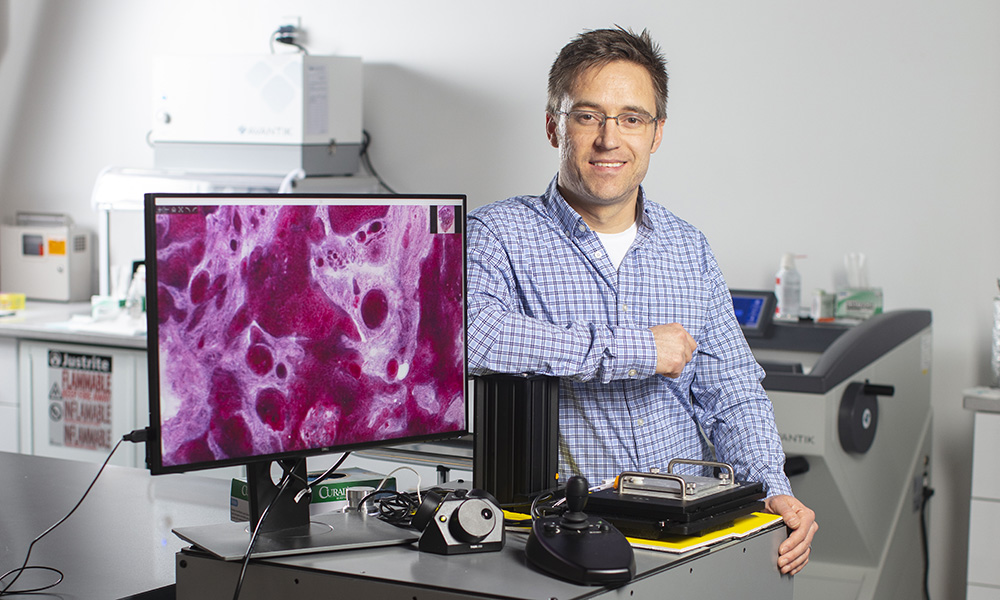
Meet one of Popular Science magazine’s ‘Brilliant 10’
Rochester biomedical engineer Michael Giacomelli is pursuing a quicker way to detect skin cancer.
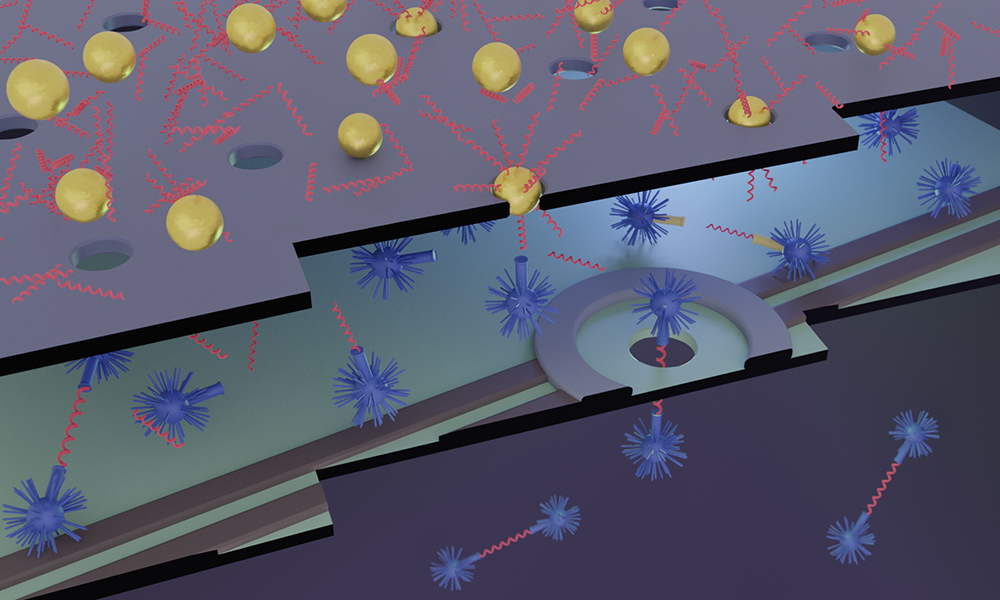
Smaller is better for detecting biomarkers of trauma and cancer
Detecting tiny biomarkers circulating in our bodies is problematic and costly. Researchers are developing a cost-effective detection device using nanotechnology.
